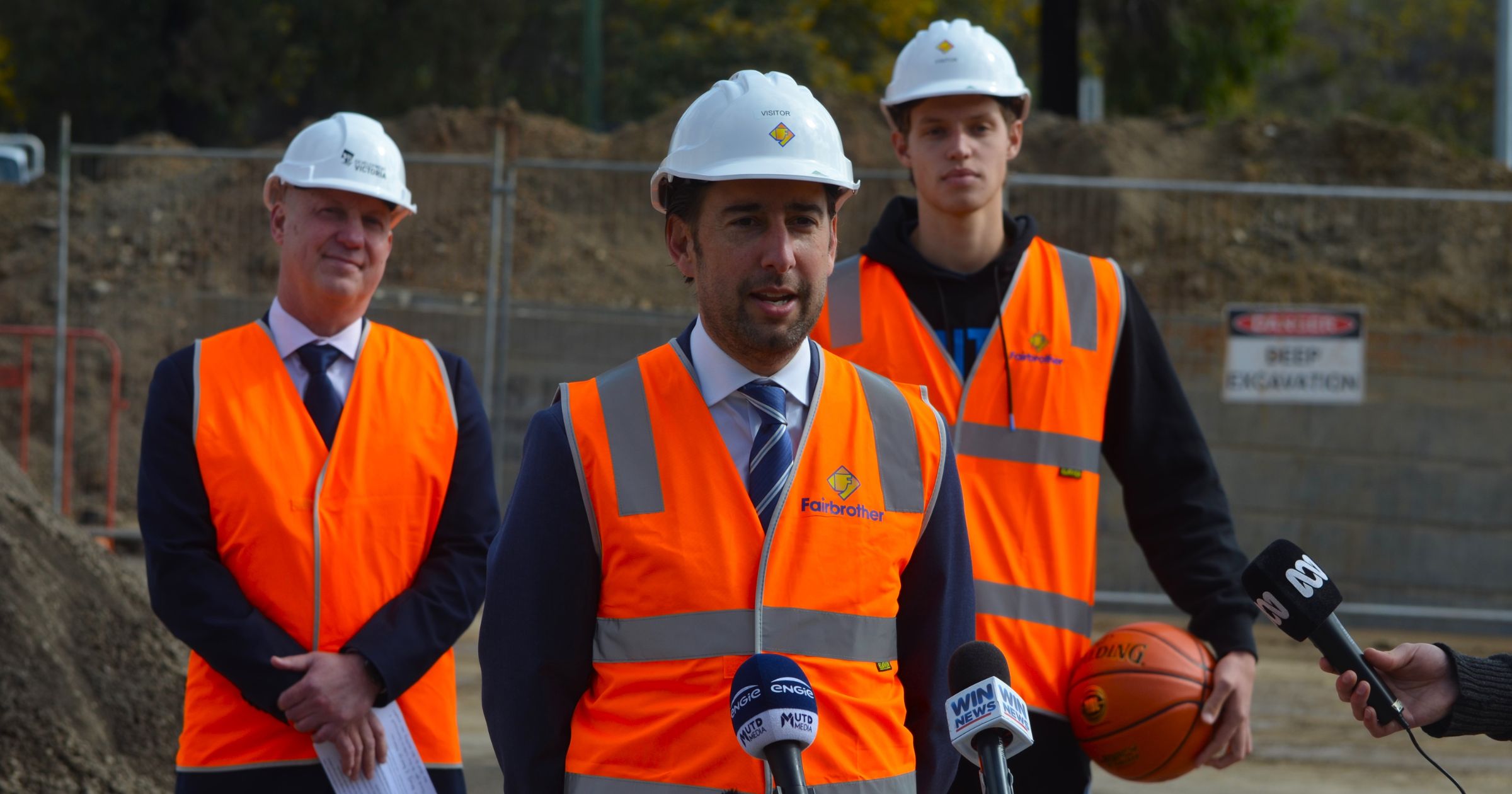Women’s health group outlines election issues

Three key points: CEO of Women’s Health Loddon Mallee, Tricia Currie, is part of a group seeking to put issues affecting women in the agenda this election. Photo: SUPPLIED
WITH the State election slightly more than a month away, a Victoria-wide coalition of women’s health groups, including a local organisation, have listed their key issues ahead of the vote.
A spokesperson for Women’s Health Loddon Mallee, which is a member of Women’s Health Services, has highlighted three points important to both groups before the ballot.
Issues that should be on the agenda according to WHLM CEO Tricia Currie are expansion and solidification of the Gender Equality Act, equitable healthcare, and addressing gender discrimination in the workforce.
“All of the Victorian Women’s Health Services agree, we need to keep the momentum of change going and build upon the last 30 years of reform, not the least of which is the recent significant reform to our family violence system, gender equity policy and practice, and women’s health,” she said.
“We know that the foundations of inequity are found in the systems and structures that embed discrimination and negative gender stereotypes.
“These structures and systems are pervasive and impact all aspects of our community and economy.
“Women take significantly more carer’s leave, use flexible working arrangements, and are still impacted by the pay gap.
“Women also experience more mental health issues, are admitted to hospital with self-harm more than men, and we have seen the rates of heart disease and dementia significantly increase in the last five years.”
Highlighting how those issues have local impacts, a statement from WHLM said women within the region experienced anxiety and depression at a higher rate than the state average.
Meanwhile, local women were earning less pay than men, and less than the statewide average, with both issues compounded by the COVID-19 pandemic.
“Until we confront this gendered view of work, we will not be able to care for the workforce that cares and supports all of us,” Ms Currie said.
“The good news is that we can do something about this, and the Women’s Health Services have come together to outline what we know is key to ensuring that the last 10 years of reform is sustained, and improved upon.”


















